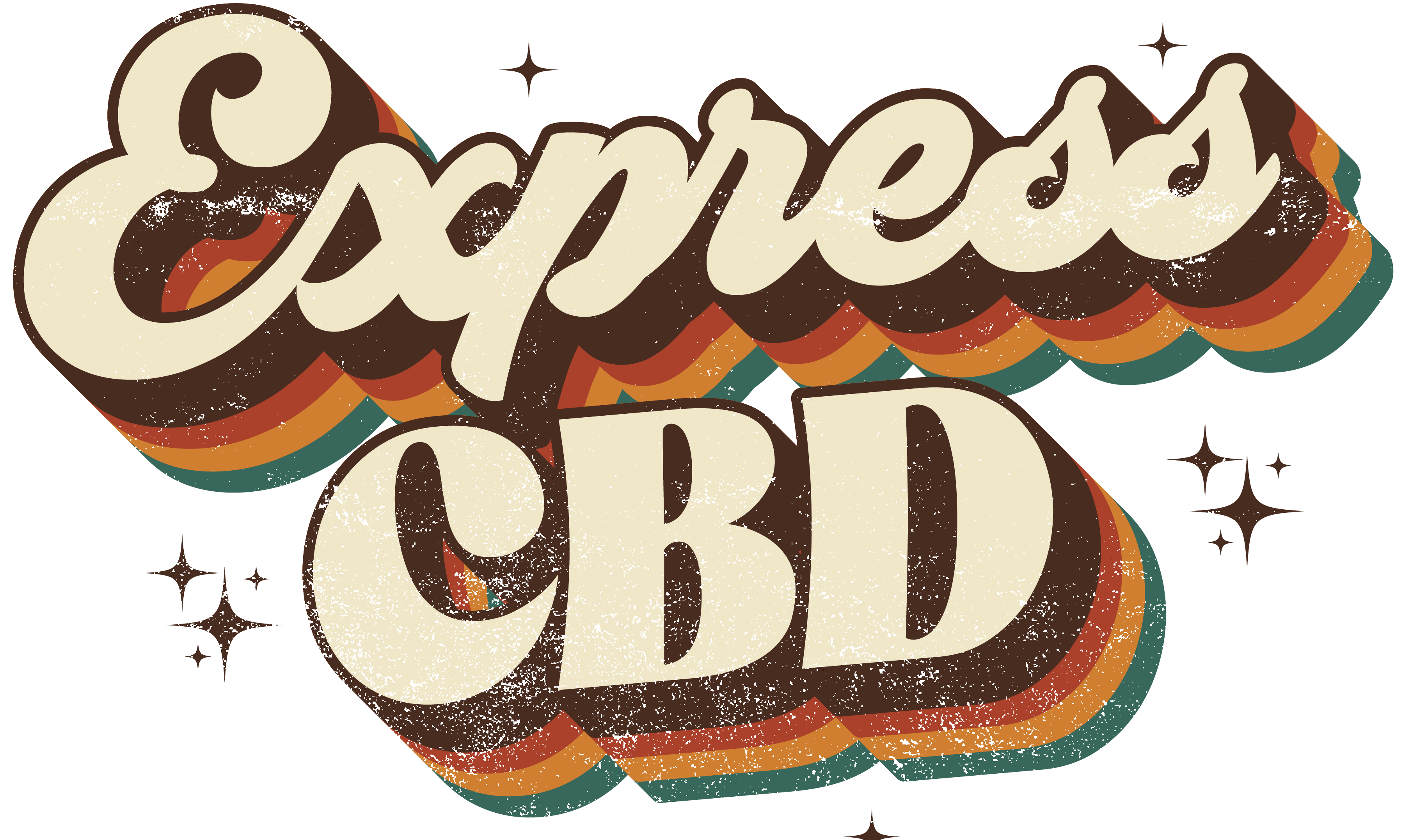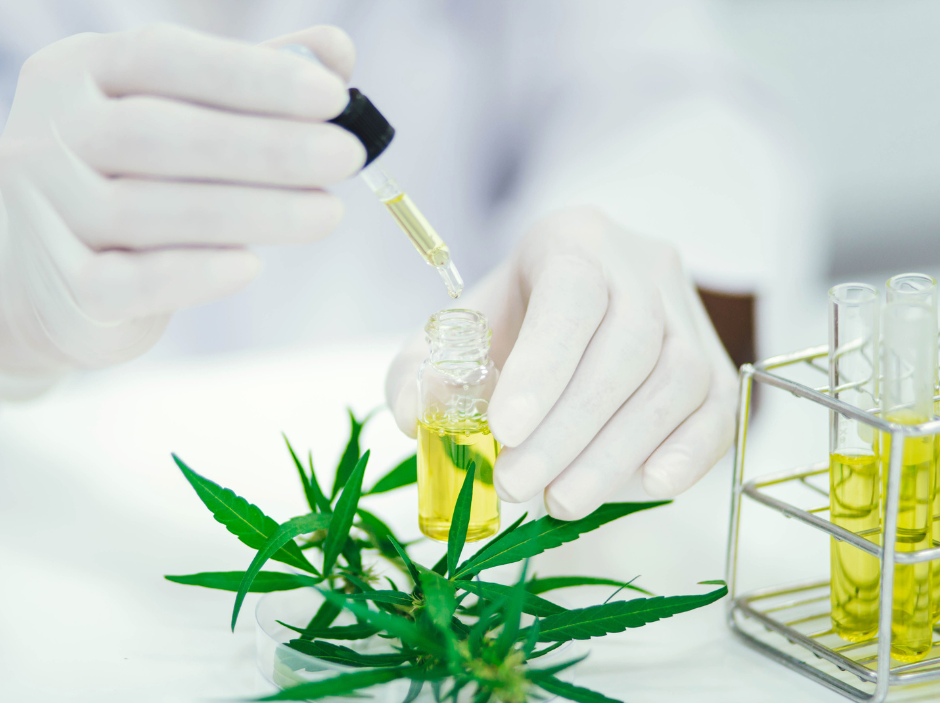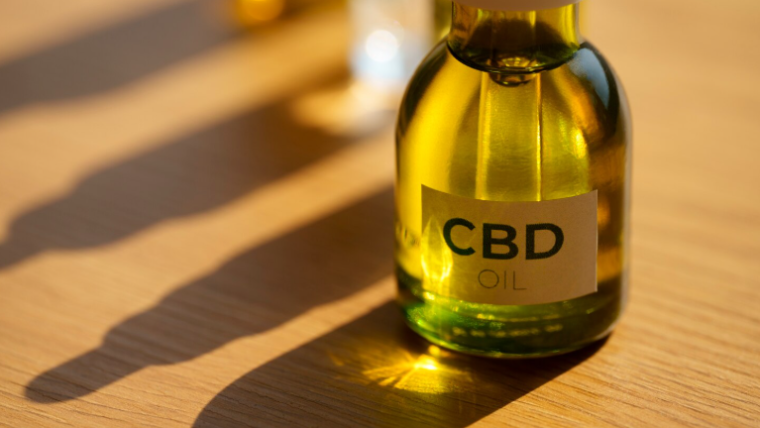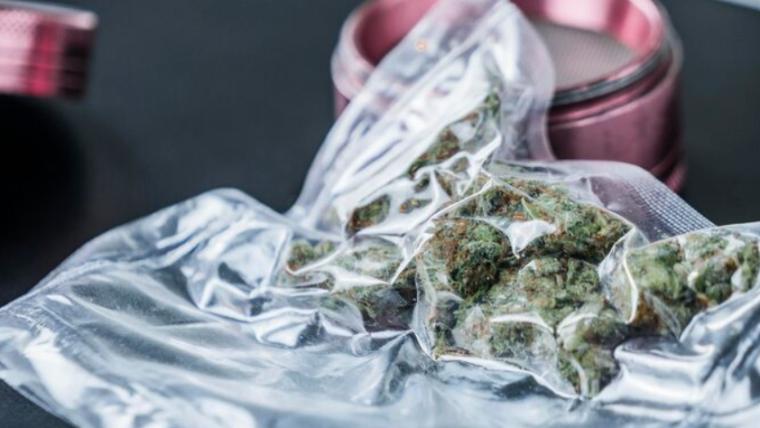It’s clear that CBD comes from hemp. But you may be curious how we can take green and leafy plants and somehow get a golden amber resin from it? In this article we will break down from soil to oil, how CBD is made.
How is CBD made inside the hemp plant?
Before hemp is harvested for oil extraction, the CBD is already present and active inside the plant. Resin glands, known as trichomes cover the leaves and flowers of the hemp plant giving it a glittery and sticky appearance. These little oil bubbles are where all of the active and aromatic compounds are produced in hemp and cannabis plants.
Cannabinoids like CBD are synthesized by a cluster of secretory cells located at the base of the resin gland heads. These are referred to as disk cells. Precursor compounds are secreted into the gland where they undergo various changes due to chemical reactions between the compounds. Exposure to heat and UVB rays from the sun cause further reactions. Each of these steps brings us closer to the compounds that make CBD.
CBD is made when precursors of phenolics and terpenes interact with enzymes in the trichome. This process takes shape when CBGA is activated through decarboxylation (exposure to heat), and converts into CBDA and other cannabinoid acids. More heat and maturing will convert most CBDA into activated CBD in the living hemp plant.
These compounds are then later extracted to form the purified and concentrated versions of CBD oils we know and love!
How we extract CBD from hemp
Although you can technically consume CBD directly from the hemp plant, concentrating the CBD oil is more ideal. This makes dosing both manageable and effective. There are many different techniques used to extract CBD oil. Each resulting in unique extracts varying in color, consistency, and flavor. Here, we will explore the most common and clean ways to make CBD oil.
Cold Ethanol Extraction
This natural solvent is used in the manufacturing of a wide range of food-grade ingredients and products. Beverages, nutritional extracts, and even whipped cream utilize ethanol in their production process.
It makes a great solvent for CBD oil, as it results in a beautiful and great tasting oil while leaving a smaller impact environmentally compared to other techniques.
The solvent extraction begins with the hemp fully submerged in an ethanol solution for a controlled soaking. Plant material is then removed via filtration and the remaining solution is prepared for the freeze. The ethanol solution is then chilled to at least -40 degrees C to separate fats and lipids from the extract. In the final step of extraction, the ethanol is fully evaporated from the CBD oil to meet regulatory standards.
Supercritical CO2 Extraction
Widely embraced for its safety and eco-friendliness, CO2 extractions do not require the handling of dangerous solvents. It is a preferred method due to its nontoxic and nonflammable nature, and its potential to yield more potent CBD oil.
Supercritical CO2 extraction involves the pressurization of the hemp material via CO2 in an extraction chamber. This causes individual compounds to separate, aiding in the purification of the oil. Once the extraction is completed, all CO2 in the chamber is condensed to a liquid. The remaining CO2 can be collected and reused.
The term ‘supercritical’ refers to the fluctuation between states of matter when a solvent is exposed to extreme pressures and temperatures. It causes compounds to shift from solid, liquid, and gas depending on the structure of the desired molecules. Based on the makeup of the CBD oil and the CO2, extractor techs can decide what temperature and pressure is required for a successful extraction.
The most common types of CBD oil
Beyond these two popular extraction techniques, there is also further refinement and classification of CBD oils. Some CBD oils require further purification or special techniques to achieve characteristics like clarity, potency, and flavor. Each of these CBD oils listed below come with their own unique qualities and benefits.
Full Spectrum
This extract comes with the widest variety of active plant compounds found in hemp oil. These additional ingredients have been popularized for their synergistic effects with CBD, making this an excellent choice for those looking for a more powerful experience with CBD.
Broad Spectrum
A slightly more refined version of full spectrum CBD, broad spectrum oils contain 80-90% CBD but are void of even trace amounts of THC. This extract will come with many similar benefits to full spectrum oils, but is safer for anyone uninterested in consuming any amount of THC.
Purified CBD
The most purified form of extracts are produced with molecular separation techniques to ensure a pharmaceutical grade of purity. Products like CBD isolate or distillate are stripped of any other plant compounds present in the raw hemp oils and will have little to no color or taste. These are great for edible products, or for anyone looking to just consume pure CBD without other compounds that may color the effects of CBD.
Hydrocarbon Extracted CBD
Though we did not cover this extraction technique above, solvent extractions using hydrocarbons like butane and pentane have become increasingly popular. These extracts are known for their potency and mouth watering flavor profiles. This technique pulls over most of the aromatic compounds found in hemp, making this one of the most delicious CBD oils to vape. It comes in many forms, such as shatter, crumble, and wax. These products are relatively clean and safe for consumption, but present some environmental risks with the use of chemicals and hazardous waste.









CBD for Pets: Pet Owners Love it, Now Recommended by Your Vet CBD
CBD Bubble Bath and 5 Ways to Build the Ultimate Self Care Routine with CBD
CBD Beverages Like Trip CBD Add a New Flare to the Edibles Market
CBD Cookie Dough & Incredibly Simple CBD Edibles You Can Make at Home
Is CBD Oil Legal in Spain?
Easing Anxiety: How to Take CBD Oil for Anxiety in the UK
The Current and Future Legal Landscape of CBD Flower in the UK
LVWell CBD Raw 5000mg CBD Oil Review